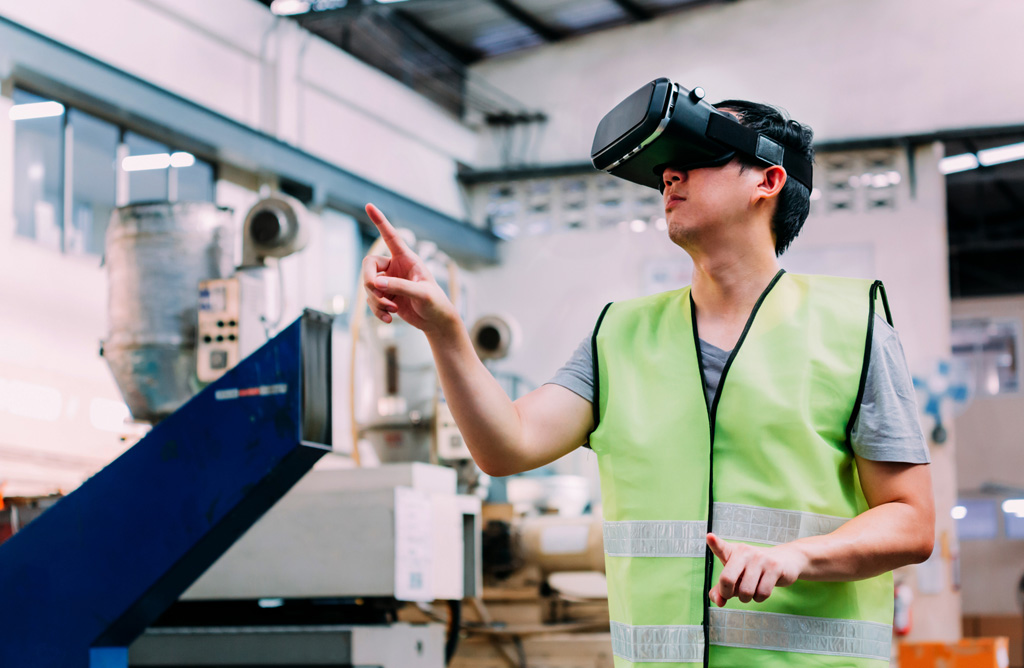
In the dynamic landscape of modern manufacturing, effective communication is more crucial than ever. Enhanced communication practices not only boost productivity and efficiency but also contribute to a safer and more collaborative work environment.
In this article, we explore some strategies and technologies that can significantly enhance communication within manufacturing settings.
The Importance of Effective Communication
Clear and efficient communication is the backbone of any successful manufacturing operation. It impacts every facet of the business, from shop floor productivity to supply chain coordination and customer satisfaction. Here's why it's critical:
- Operational Efficiency: Streamlined communication processes reduce downtime, prevent errors and accelerate decision-making.
- Quality Control: Clear instructions and feedback loops ensure consistent product quality and compliance with standards.
- Safety: Instantaneous communication can alert teams to potential hazards or emergencies, enhancing workplace safety.
- Employee Engagement: Open communication fosters a sense of involvement and empowerment among workers.
- Innovation: Ideas flow more freely in an environment where communication barriers are minimised.

Strategies for Enhancing Communication
- Digital Transformation: Embrace digital tools like manufacturing execution systems (MES), IoT sensors, real-time data analytics platforms and employee communication apps. These technologies provide a holistic view of operations and facilitate seamless communication across departments.
- Mobile Solutions: Equip your workforce with mobile devices for instant communication and access to vital information on the go. Mobile communication apps can streamline inventory management, maintenance requests and task assignments.
- Collaborative Platforms: Implement cloud-based collaboration tools for project management, document sharing and virtual meetings. Platforms like Microsoft Teams or Slack enable real-time discussions and file exchanges, enhancing teamwork and transparency.
- Visual Management: Use visual aids such as digital dashboards, floor markings, and signage to convey information quickly and universally. Visual communication minimizes language barriers and improves comprehension.
- Regular Training: Invest in communication training for all employees, emphasising the importance of clarity, active listening and constructive feedback. Effective communication should be a core competency across the organisation.
- Feedback Loops: Establish structured channels for gathering feedback from the shop floor. Encourage employees to provide insights on process improvements and potential issues, fostering a culture of continuous improvement.
- Cross-Functional Teams: Foster collaboration between departments by forming cross-functional teams. This approach breaks down silos and encourages knowledge sharing, leading to more innovative solutions and smoother workflows.
Leveraging Advanced Technologies
In addition to traditional strategies, consider leveraging cutting-edge technologies to revolutionise communication:
- Augmented Reality (AR): Use AR applications to provide remote assistance, overlay instructions and deliver immersive training experiences.
- Digital Twins: Implement digital twin technology to create virtual replicas of physical assets. This enables predictive maintenance and facilitates remote troubleshooting.
- AI-Powered Analytics: Harness AI algorithms to analyse production data and identify patterns or anomalies in real-time. This proactive approach can prevent downtime and optimise resource allocation.

Effective communication is not just a goal but a continuous journey in the manufacturing sector. By leveraging a combination of proven strategies and emerging technologies, manufacturers can unlock new levels of efficiency, safety and innovation.
As we navigate the complexities of 2024 and beyond, prioritising communication will be instrumental in driving success and competitiveness in the global manufacturing landscape.











